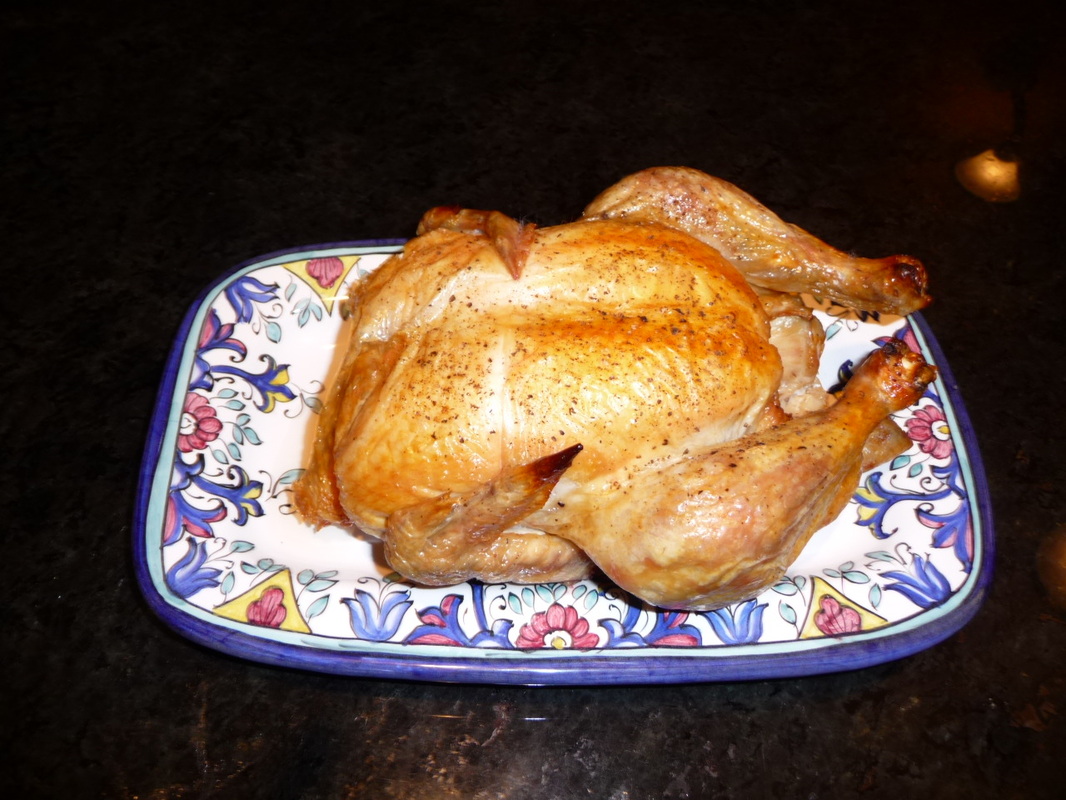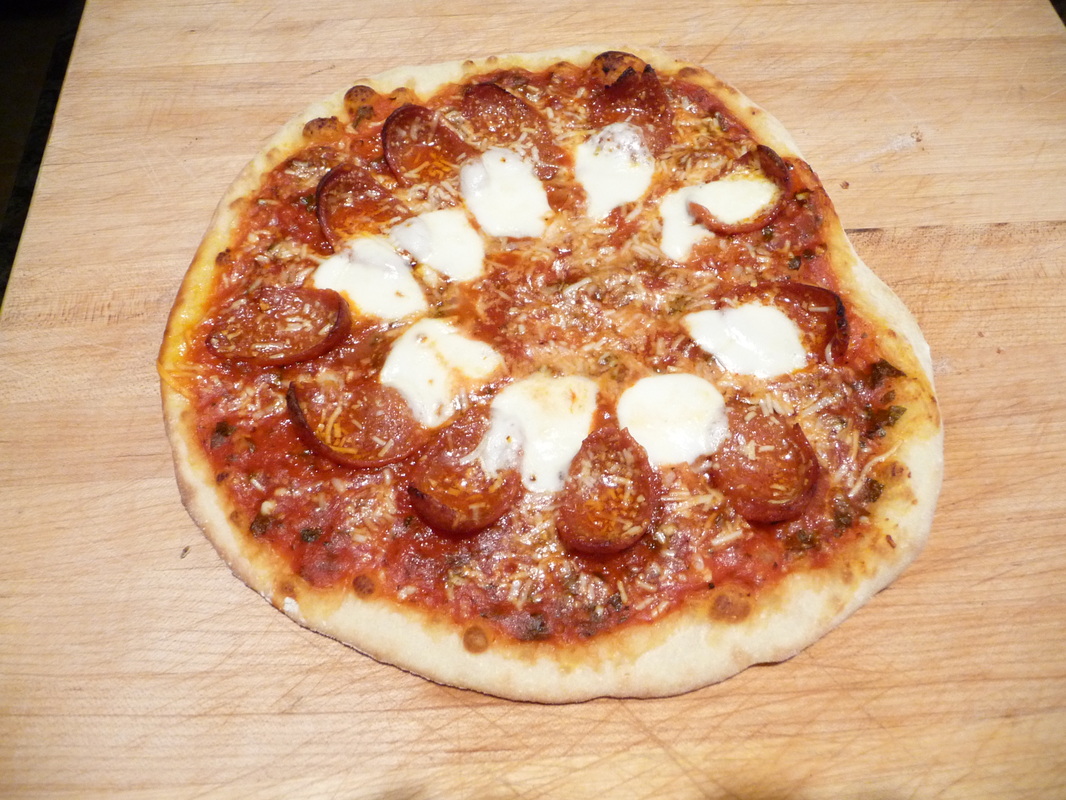Braising thereby creates a very moist cooking environment that slowly dissolves water-soluble proteins in meat – particularly the connective tissue known as collagen. This makes braising particularly well-suited for cooking what are generally considered to be “tougher” cuts of meat, such as beef and lamb shanks, and some roasts. Not surprisingly, these less popular meats are some of the most flavorful, so braising often produces spectacular results. Beef short ribs definitely fall into the category of incredibly tasty cuts of meat – especially boneless short ribs.
A few years ago we attended a dinner party at the University Club at Michigan State University in East Lansing. The guest of honor that evening was the wife of one of my college professors and reportedly the oldest living member of the University Club. I mention this because everyone in the Club that evening was concerned that everything be perfect for their distinguished guest. I ordered the Club’s Braised Short Ribs, which were, in a word, superb. When asked, I responded, “Delicious. Please extend my compliments to the chef.”
Moments later, the chef appeared at our table, thanked me for my compliment, and after some further conversation, offered, “Would you like the recipe?”
Unfortunately for all of us, I did not record his name. I had no idea then that I would need it later, as I do now. Nevertheless, with a hearty mille grazie to this talented chef, I have added his version of Braised Short Ribs to my recipe collection here.
If you are already familiar with the benefits of braising, I need say no more. If not, and when you have the time and inclination, I hope you will give this one, or any of the other braising recipes, a try. You won’t be disappointed.
| Buon appetito. P.S. I have also posted my favorite braising recipes for lamb, plus another contorno that is a great accompaniment to all three. |


 RSS Feed
RSS Feed